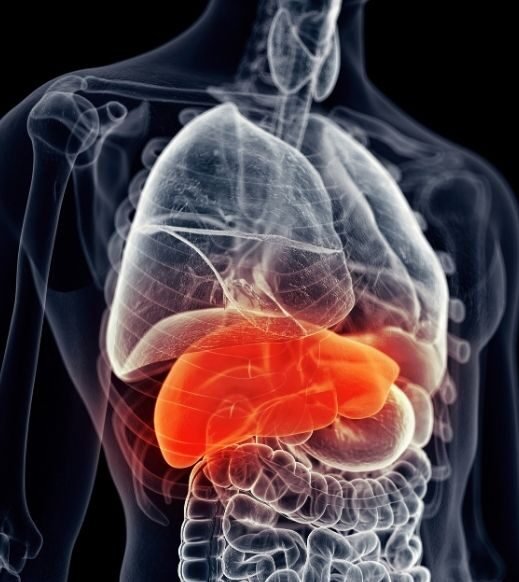
Personalized support and proven therapies, dedicated to guiding you through every step of treatment.
I want to thank Dr Vikas Singla for saving my life. I m a liver cirrhosis patient , came to Dr in a very critical condition 2 years back. I was internally bleeding and my condition was getting worse every minute, Dr Vikas Singla immediately started my treatment and today i m getting better each day. He was truly God send for me. He is a great doctor n a very good human being too.
A liver tumor is an abnormal growth of cells in or on the liver, which can be either benign (non-cancerous) or malignant (cancerous). Benign tumors generally do not spread or pose major health risks unless they become large, while malignant tumors, known as liver cancer, can occupy nearby tissues and spread to other parts of the body.
Hemangiomas, liver cysts, adenomas, and focal nodular hyperplasia are common types. These often cause no symptoms and are discovered incidentally.
Hepatocellular carcinoma (HCC) is the most common liver cancer and originates in the main cells of the liver. Other malignant types include cholangiocarcinoma and hepatoblastoma.
Treatment for liver tumor depends on the type, size, location, and stage of the tumor, as well as the patient’s overall health. Main treatment options include:

Liver resection: Removing the tumor along with a margin of healthy tissue if the tumor is localized and liver function allows.
Liver transplant: Replacing the diseased liver with a healthy donor liver, especially for early-stage tumors in patients with cirrhosis.

Radiofrequency ablation (RFA) or microwave ablation: Heating and destroying tumor cells using needles guided by imaging.
Cryoablation: Freezing cancer cells with extreme cold.
Percutaneous ethanol injection: Injecting alcohol directly into the tumor to kill cancer cells.

Transarterial chemoembolization (TACE): Delivering chemotherapy drugs directly into the liver tumor’s blood supply while blocking blood flow.
Transarterial embolization (TAE): Blocking the blood supply without chemotherapy to shrink tumors.

High-energy X-rays or proton beam therapy to shrink tumors or relieve symptoms, including stereotactic body radiotherapy.

Targeted drug therapy: Using drugs that block specific cancer cell abnormalities.
Immunotherapy: Boosting the immune system to attack cancer cells.
Chemotherapy: Using anti-cancer drugs generally for advanced cases.

Focuses on symptom relief and improving quality of life alongside other treatments.
These therapies are often used alone or in combination, tailored to the patient’s condition and tumor characteristics for the best outcomes.
This helps recognize early signs like abdominal pain, jaundice, or unexplained weight loss.
Knowing whether the tumor is benign or malignant and its progression is crucial for understanding treatment options.
Understanding available treatments, possible outcomes, and risks helps in making informed decisions about care.
Fields with * are required